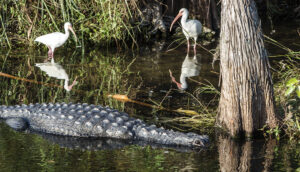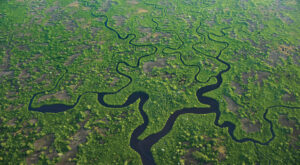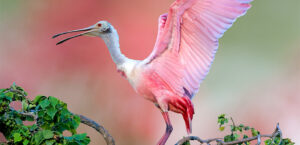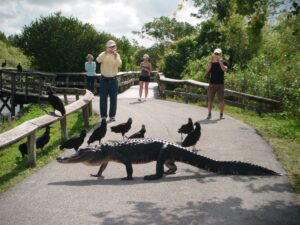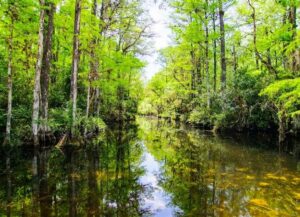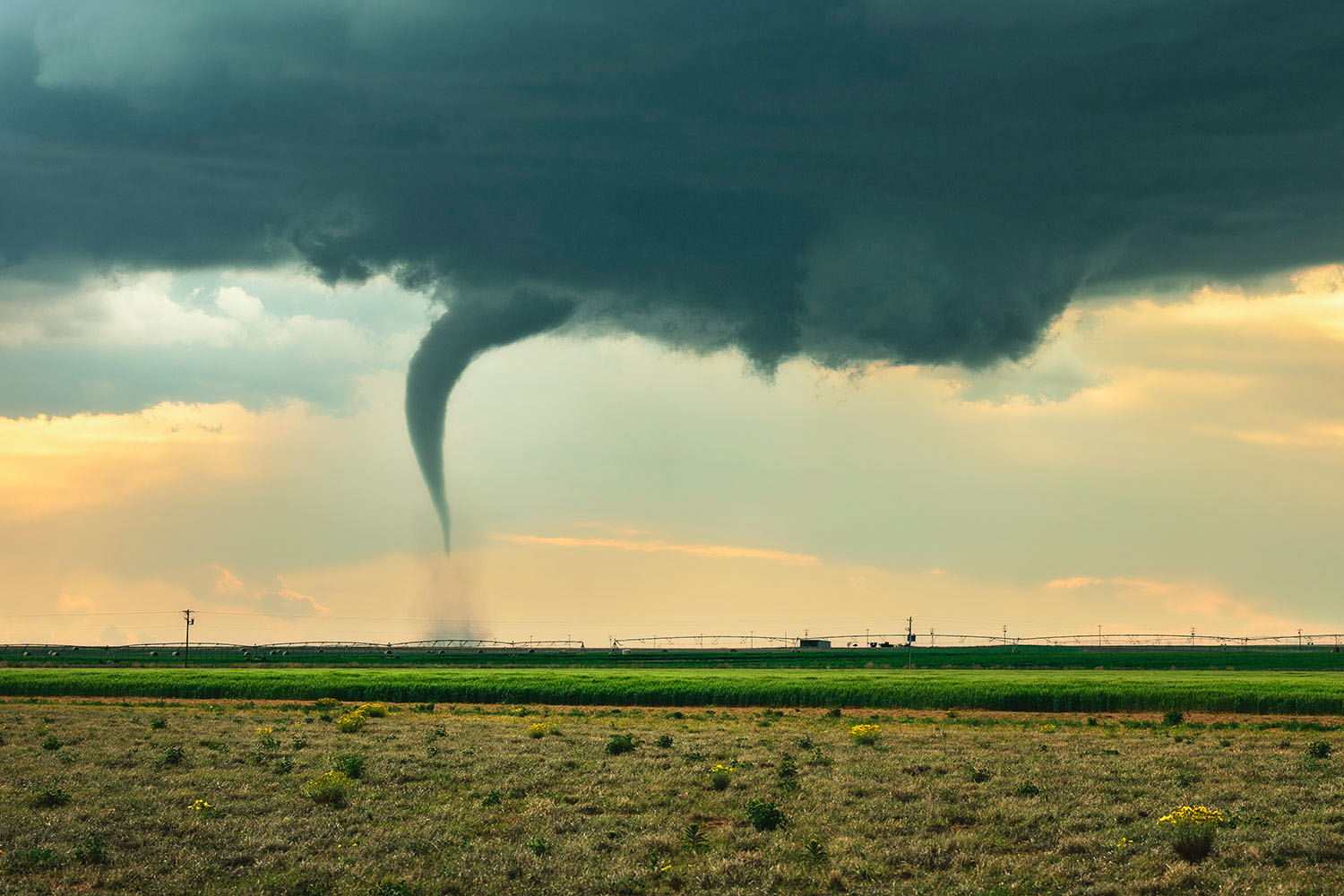The Everglades : A Unique Ecosystem in South FL
The Everglades is a unique and expansive subtropical wetland ecosystem located in southern Florida, United States. It covers an area of about 1.5 million acres and includes both freshwater and coastal habitats. The Everglades is a UNESCO World Heritage Site and designated International Biosphere Reserve. Here are some key features of the Everglades.
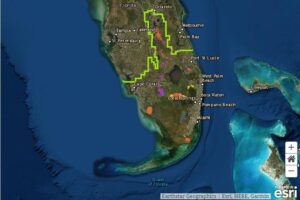
Ecosystem Diversity:
- The Everglades are renowned for its incredibly biodiverse environment. It is home to numerous plant and animal species, many of which are rare or endangered. The ecosystem supports a variety of habitats, including sawgrass marshes, cypress swamps, mangrove forests, and estuarine environments.
Hydrology:
- Water plays a vital role in the Everglades. The region’s unique hydrological characteristics are defined by a slow-moving, shallow river called the “River of Grass.” During the wet season, rainfall fills the basin, creating a vast, shallow sheet of water that slowly flows southward. In the dry season, water levels decrease, and the landscape transforms into a mosaic of wet and dry areas.
Flora and Fauna:
- The Everglades is home to a rich diversity of plant life, including sawgrass, cypress trees, palms, and mangroves. It provides habitat for numerous animal species, such as the American alligator, Florida panther, West Indian manatee, and various bird species, including the iconic Everglades snail kite.
Conservation Challenges:
- The Eveglades faces significant conservation challenges due to human activities, including urban development, agriculture, and water management practices. Over the years, these factors have disrupted the natural flow of water, caused habitat destruction, and led to the decline of many species. Efforts are underway to restore and protect the Everglades through initiatives like the Comprehensive Everglades Restoration Plan.
Recreation and Tourism:
- The Everglades National Park, established in 1947, provides opportunities for outdoor activities, wildlife viewing, boating, and fishing. Visitors can explore the park’s diverse ecosystems through hiking trails, canoeing or kayaking, and guided tours. The Everglades also attract birdwatchers, photographers, and nature enthusiasts from around the world.
The Everglades are not only an iconic American landscape but also a vital ecosystem with global significance. Efforts to restore and preserve this unique wetland continue to ensure its survival for future generations.

